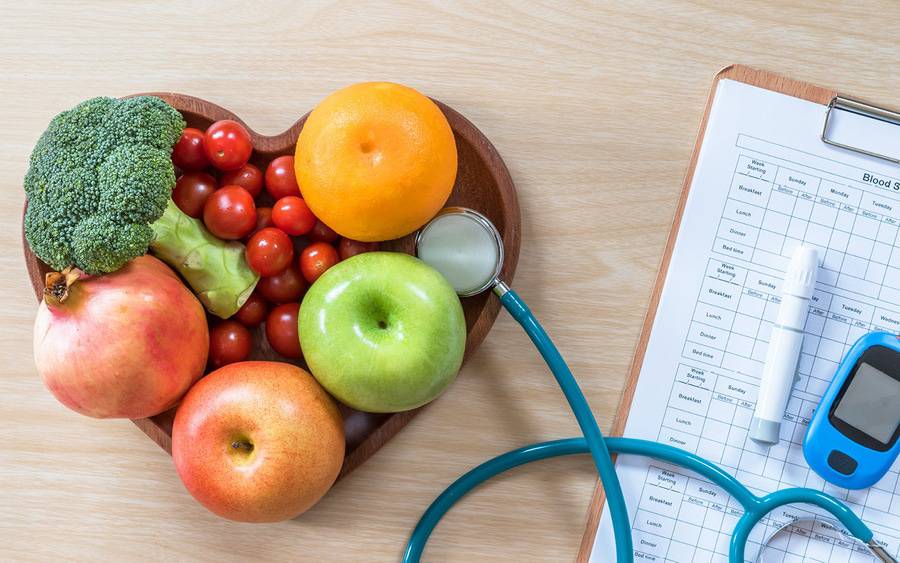Are You at Risk for Diabetes?
Learn who should be screened for diabetes and why

Learn who should be screened for diabetes and why
There is no question that diabetes has become an epidemic in the United States. According to the American Diabetes Association, more than 30 million people have diabetes in the United States.
Despite its prevalence, diabetes is not a disease that happens overnight. Most cases are type 2 diabetes, which develops over time as a result of lifestyle factors, such as as a result of gaining weight and lack of physical activity.
“Type 2 diabetes often begins as prediabetes, a condition where blood glucose levels are higher than normal, but not yet elevated enough to qualify as diabetes,” says Athena Philis-Tsimikas, MD, an endocrinologist and corporate vice president of Scripps Whittier Diabetes Institute.
Who gets prediabetes? What are the symptoms?
Prediabetes affects more than 84 million people across the nation, although most don’t even know they have it, according to the diabetes association. It often has no symptoms, but it can do serious damage.
“Untreated, many people with prediabetes will develop health problems commonly associated with diabetes itself, such as an increased risk of cardiovascular disease,” says Dr. Tsimikas. Moreover, prediabetes is likely to lead to type 2 diabetes within 10 years.
Prediabetes test
A blood test that measures the level of glucose or sugar in your blood can tell you if you have diabetes or prediabetes. Several tests may be used for diagnosis:
Fasting plasma glucose test
The fasting plasma glucose test (FPG) measures your glucose levels first thing in the morning after you have fasted during the night.
Results are based on fasting blood glucose level:
- Normal is below 100 milligrams per deciliter (mg/dl)
- Prediabetes is between 100-125 mg/dl
- Diabetes is 126 mg/dl or higher
Oral glucose tolerance test
The oral glucose tolerance test (OGTT) measures your blood glucose once after you have fasted. Then, you will be given a special high-glucose beverage to drink. Two hours after you finish it, your blood glucose levels will be measured again.
Results are based on blood glucose level:
- Normal is below 140 mg/dl
- Prediabetes is 140 mg/dl to 199 mg/dl
- Diabetes is 200 mg/dl or higher
HbA1c test
Also known as hemoglobin A1c, this blood test measures your average blood glucose over a period of two to three months. You don’t have to fast or drink anything. This test measures the percentage of glycated hemoglobin or A1c in your blood.
Results are based on A1c levels
- Normal is below 5.7 percent
- Prediabetes is between 5.7-6.4 percent
- Diabetes is 6.5 percent or higher
Who should be tested?
“If you are age 45 or older and overweight, it’s a good idea to have a prediabetes screening at your annual physical exam,” Dr. Tsimikas says. “Adults of any age who have other risk factors for diabetes or prediabetes, including a family history of diabetes, high blood pressure, low HDL cholesterol, high triglycerides or a history of gestational diabetes, should be tested as well.”
Ask your physician if testing is right for you.
How to reverse prediabetes
“Does being at-risk mean, you are destined to develop diabetes? No. By taking steps to reduce your risk factors, such as losing excess weight and increasing exercise, you can lower your risk of developing full-blown diabetes,” Dr. Tsimikas says.
Research shows that you can lower your type 2 diabetes risk by 58 percent by:
- Losing 7 percent of body weight (or 15 pounds if you weigh 200 pounds)
- Exercising moderately 30 minutes a day, 5 days a week
“Some patients have even seen their blood glucose levels return to normal levels as a result of this treatment,” Dr. Tsimikas says.